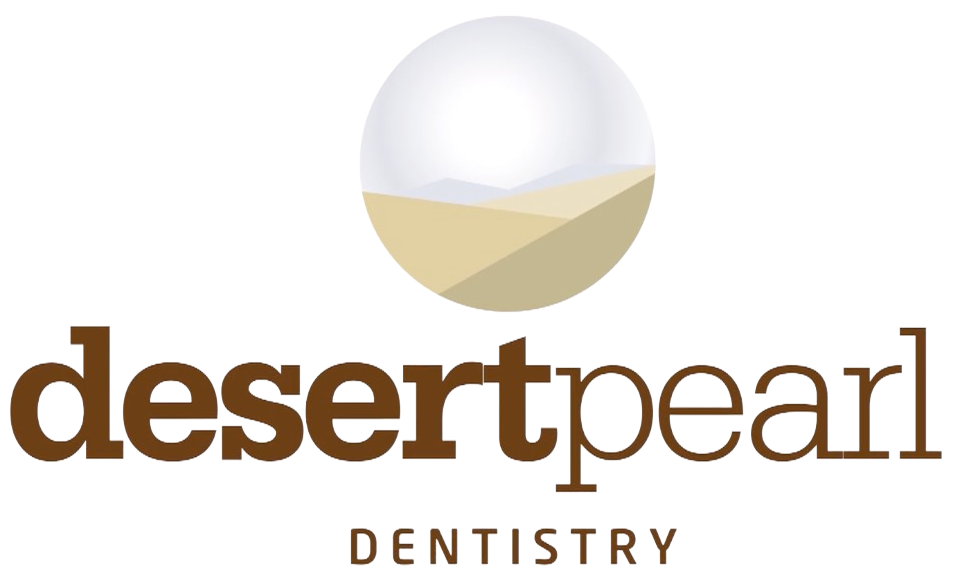The field of dentistry has seen significant advancements over the past few decades, and one of the most impactful developments is the advent of digital x-ray technology. Traditional x-rays, while effective, had several limitations that digital technology has successfully addressed. This blog will explore the latest advancements in digital x-ray technology and how they are transforming dental care at Desert Pearl Dentistry in Rancho Mirage, TX, under the expert guidance of Dr. Joseph Morales.
The Evolution from Traditional to Digital X-Rays
For many years, traditional x-rays were the standard in dental diagnostics. While they provided valuable insights, the process was time-consuming and involved higher levels of radiation exposure. The development of digital x-ray technology marked a significant leap forward, offering faster, safer, and more precise imaging.
Digital x-rays use electronic sensors instead of traditional photographic film, capturing detailed images of the teeth, gums, and surrounding bone structures. These images are immediately available for review on a computer, allowing dentists to diagnose issues more quickly and accurately.
Enhanced Image Quality and Diagnostic Precision
One of the most significant advancements in digital x-ray technology is the dramatic improvement in image quality. Digital sensors can capture high-resolution images that reveal even the smallest details, enabling Dr. Morales to detect cavities, bone loss, and other dental issues that might not be visible on traditional x-rays.
The enhanced clarity of digital x-rays allows for more accurate diagnoses and treatment planning. For example, early-stage cavities that are difficult to spot with traditional x-rays can be easily identified with digital imaging. This early detection is crucial for preventive care, as it allows for less invasive treatments and better outcomes.
Reduced Radiation Exposure
A major concern with traditional x-rays has always been the level of radiation exposure. Although the risk was relatively low, reducing radiation exposure is always a priority in medical and dental care. Digital x-rays have made significant strides in this area by reducing radiation exposure by up to 90% compared to traditional x-rays.
This reduction is particularly beneficial for patients who require frequent x-rays, such as those undergoing orthodontic treatment or monitoring periodontal disease. At Desert Pearl Dentistry, we prioritize patient safety, and the use of digital x-rays reflects our commitment to providing the highest standard of care with minimal risk.
Immediate Image Availability and Enhanced Patient Communication
Another significant advantage of digital x-rays is the immediate availability of images. With traditional x-rays, patients and dentists had to wait for the film to develop before reviewing the images. Digital x-rays eliminate this wait time, allowing for instant viewing on a computer screen.
This immediacy enhances patient communication and education. Dr. Morales can show patients the x-ray images right away, explaining any issues and discussing treatment options on the spot. This interactive approach helps patients better understand their oral health and the necessary steps to maintain or improve it.
Eco-Friendly and Cost-Effective
Digital x-ray technology is also more environmentally friendly than traditional x-rays. Traditional x-rays require chemical processing and physical storage, both of which contribute to environmental waste. Digital x-rays, on the other hand, do not require chemicals for development, and the images can be stored electronically, reducing the need for physical storage space and paper.
In addition to being eco-friendly, digital x-rays are also cost-effective. While the initial investment in digital x-ray equipment may be higher, the long-term savings on film, chemicals, and storage make it a financially sound choice. Moreover, the efficiency of digital x-rays can lead to shorter appointment times and quicker diagnoses, further enhancing the value for both the practice and the patients.
Integration with Advanced Diagnostic Tools
Digital x-rays can be seamlessly integrated with other advanced diagnostic tools, such as computer-aided design and manufacturing (CAD/CAM) systems and cone-beam computed tomography (CBCT). This integration allows for comprehensive treatment planning and precise execution.
For instance, when planning for dental implants, digital x-rays can be combined with CBCT scans to create a 3D model of the patient’s mouth. This model helps Dr. Morales determine the exact placement of the implant, ensuring a successful outcome. The ability to integrate these technologies streamlines the diagnostic process and enhances the precision of the treatment.
Improved Record Keeping and Data Sharing
The digital nature of these x-rays allows for better record keeping and data sharing. Since the images are stored electronically, they can be easily accessed and compared over time, helping track changes in a patient’s oral health. This capability is particularly useful for monitoring the progression of conditions like periodontal disease or the healing process after a procedure.
Furthermore, digital x-rays can be easily shared with other healthcare providers if necessary. For example, if a patient needs to see a specialist, the x-rays can be sent electronically, ensuring that all parties have the necessary information to provide the best possible care.
The Future of Digital X-Ray Technology
The field of digital x-ray technology continues to evolve, with ongoing research and development leading to even more sophisticated imaging solutions. Innovations such as 3D imaging and artificial intelligence (AI) are already beginning to shape the future of dental diagnostics.
3D imaging, for example, offers a more comprehensive view of the mouth, allowing for more accurate diagnoses and treatment planning. AI, on the other hand, has the potential to assist dentists in interpreting x-rays, identifying issues that might be overlooked during a manual review. These advancements promise to further enhance the capabilities of digital x-rays, providing even better outcomes for patients.
Embracing the Benefits of Digital X-Rays at Desert Pearl Dentistry
At Desert Pearl Dentistry, we are committed to staying at the forefront of dental technology to provide our patients with the highest standard of care. The advancements in digital x-ray technology have revolutionized how we diagnose and treat dental issues, offering numerous benefits such as enhanced image quality, reduced radiation exposure, and improved patient communication.
Dr. Joseph Morales and our team are dedicated to using the latest tools and techniques to ensure your oral health is in the best possible hands. By embracing digital x-ray technology, we can provide more accurate diagnoses, more effective treatments, and a better overall patient experience.
Sources:
- Farman, A. G., & Scarfe, W. C. (2014). The Basics of Digital Radiography for the Dental Practitioner. The Journal of Contemporary Dental Practice.
- Wenzel, A. (2006). Digital radiography and caries diagnosis. Dental Clinics of North America.
- Pauwels, R., & Jacobs, R. (2014). Digital Imaging in Dental Radiography. The Journal of the American Dental Association.



